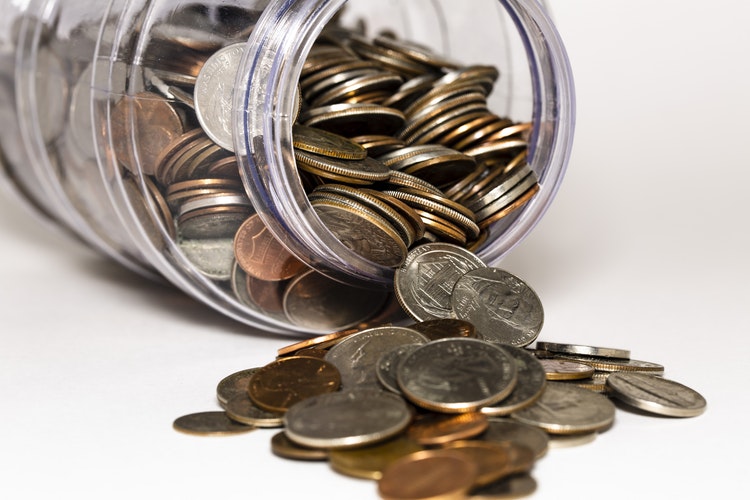Your parents always told you to save for a rainy day. The sad truth, however, is that most of us live paycheck-to-paycheck. Here is a realistic guide for creating an emergency fund that can help when you start hearing the thunder.
In this uncertain world, it's always good to have a safety net. Experts will tell you to have at least three months' worth of expenses saved and even up to six months' worth if you have children and a mortgage. As daunting as this sounds, it's not going to get any easier until you get started on it.
The smarties over at Nerd Wallet had some great advice about creating a financial cushion. Here are some highlights that can be easily implemented:
1. Keep your money handy.
Instead of investing in the stock market or a long-term CD, keep your emergency fund somewhere that it is easily accessible. A regular savings account is okay, but a high-yield savings account is even better. Do your homework, and make sure you'd be able to get to your money quickly (via ATM or electronic transfer) if you need it. Here's a great article on high-yield online savings accounts for 2019.
2. Save something every month.
Start off small and withdraw the money automatically. Even if you're just moving $10 per paycheck to your savings, you can slowly increase the amount whenever you'd like.

3. Start a change jar.
Instead of trying to make exact change when paying in cash, only pay with bills and keep your change in a big jar. Every now and then, deposit the coins or take them to a coin-counting machine. You'd be surprised at how quickly it adds up!
If you never use cash and prefer to round up electronically, there's an app for that -- there are several, actually. Try something like Acorns!

4. Use your tax refund to start your emergency fund.
As tempting as it is to spend your tax refund as fun money, put at least half in your savings account.
5. Examine your expenses.
When was the last time you checked to see if your car insurance had applied all the discounts you could get? Do you really need all of those extra cable channels, or could you make do with just streaming? Cut corners where you can, and use the savings to pad your rainy day fund.

Aside from all of this great advice, I have a few things that I do personally to feel better about my own finances. First off, I always keep a stocked pantry. When you're doing your grocery shopping, throw in some extra non-perishables that will keep for a while.
Next, I like to take out $100 in cash each pay period for small purchases or going to a farmers' market. Whatever I have left before the next payday I keep in a separate cash stash.
Last tip (and this is a hard one): try to chip away at your credit card debt as much as you can. That certainly counts toward helping with emergency expenses, and you really don't need to be paying all that interest on big balances.
**All photos in this article are courtesy of Unsplash.
How long have you been building your emergency fund? Do you have any tips on saving? Let us know in the comments below.
